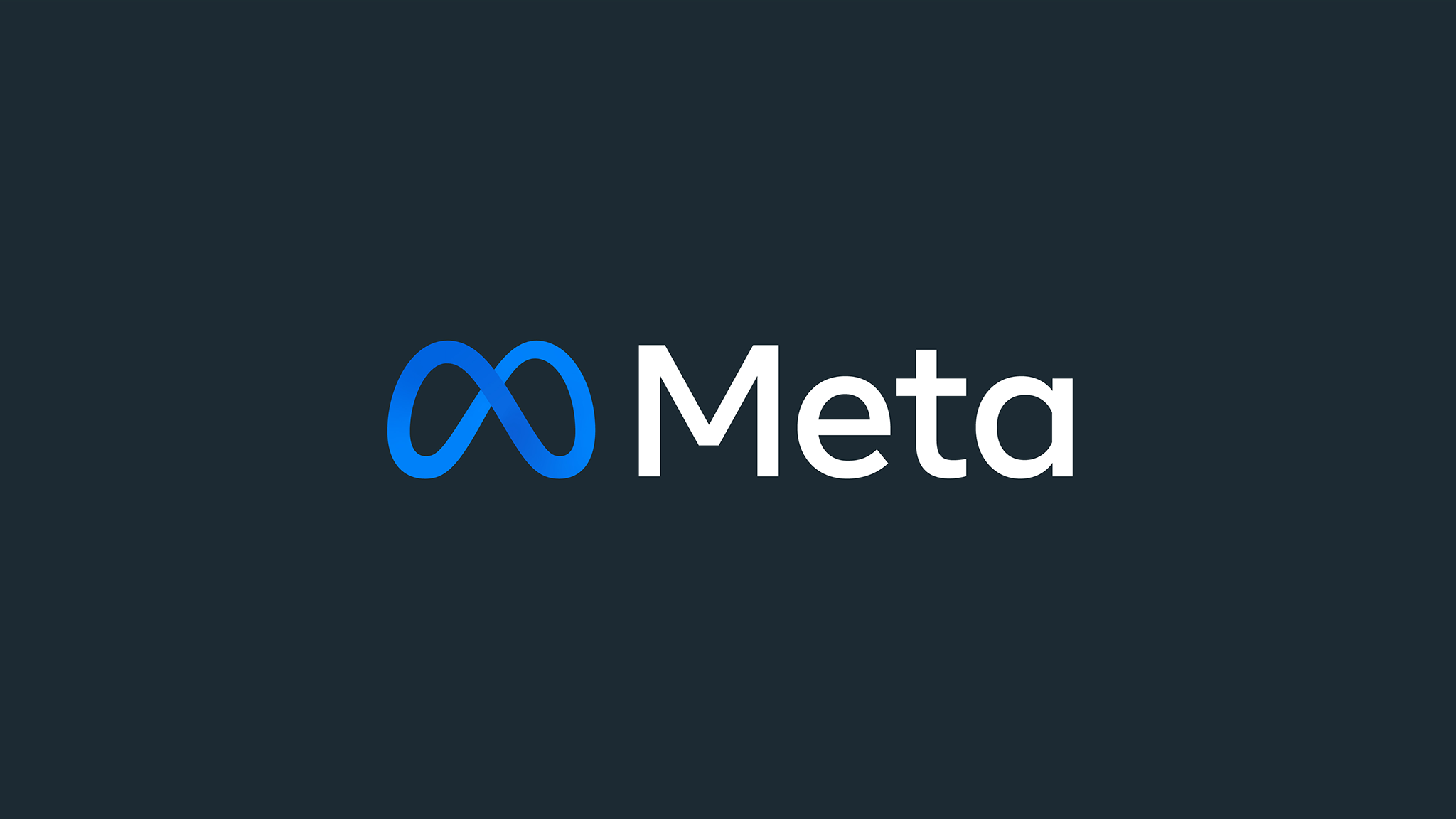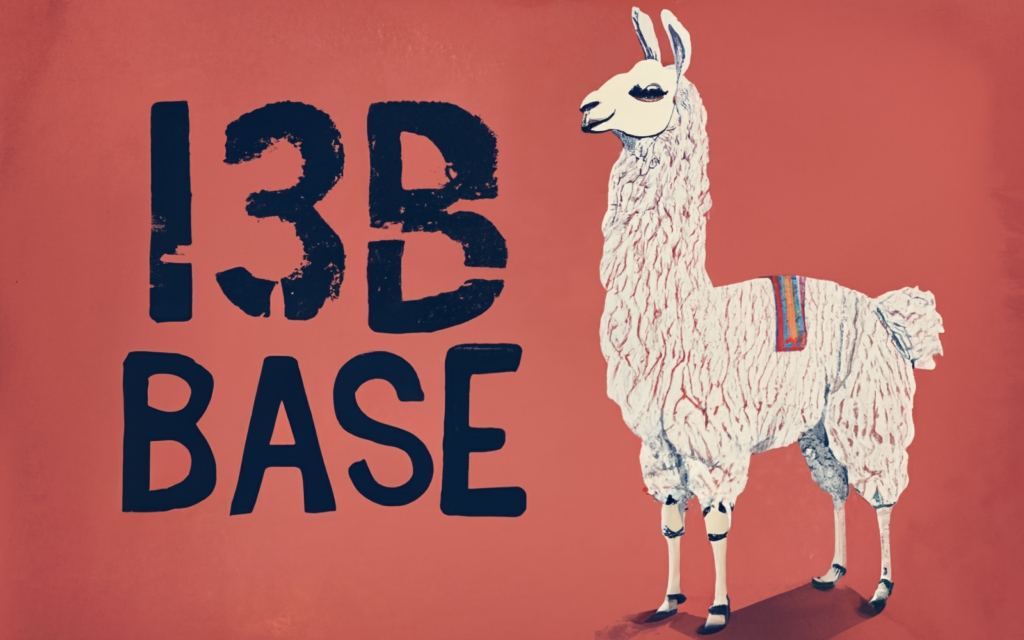meta-llama-3-8b
Maintainer: meta

48.9K

| Property | Value |
|---|---|
| Model Link | View on Replicate |
| API Spec | View on Replicate |
| Github Link | View on Github |
| Paper Link | No paper link provided |
Create account to get full access
Model overview
meta-llama-3-8b is the base version of Llama 3, an 8 billion parameter language model from Meta. It is similar to other models like phi-3-mini-4k-instruct, qwen1.5-110b, meta-llama-3-70b, and snowflake-arctic-instruct in that they are all large language models with varying parameter sizes. However, meta-llama-3-8b is specifically optimized for production use and accessibility.
Model inputs and outputs
meta-llama-3-8b is a text-based language model that can take a prompt as input and generate text output. It can handle a wide range of tasks, from open-ended conversation to task-oriented prompts.
Inputs
- Prompt: The initial text that the model uses to generate the output.
- Top K: The number of highest probability tokens to consider for generating the output.
- Top P: A probability threshold for generating the output.
- Max Tokens: The maximum number of tokens the model should generate as output.
- Min Tokens: The minimum number of tokens the model should generate as output.
- Temperature: The value used to modulate the next token probabilities.
- Presence Penalty: A penalty applied to tokens based on whether they have appeared in the output previously.
- Frequency Penalty: A penalty applied to tokens based on their frequency in the output.
Outputs
- Generated Text: The text output generated by the model based on the provided inputs.
Capabilities
meta-llama-3-8b can be used for a variety of natural language processing tasks, including text generation, question answering, and language translation. It has been trained on a large corpus of text data and can generate coherent and contextually relevant output.
What can I use it for?
meta-llama-3-8b can be used for a wide range of applications, such as chatbots, content generation, and language learning. Its accessibility and production-ready nature make it a useful tool for individual creators, researchers, and businesses looking to experiment with and deploy large language models.
Things to try
Some interesting things to try with meta-llama-3-8b include fine-tuning the model on a specific task or domain, using it to generate creative fiction or poetry, and exploring its capabilities for question answering and dialogue generation. The model's accessible nature and the provided examples and recipes make it a great starting point for experimenting with large language models.
This summary was produced with help from an AI and may contain inaccuracies - check out the links to read the original source documents!
Related Models

meta-llama-3-70b

325
meta-llama-3-70b is the base version of Llama 3, a 70 billion parameter language model from Meta. It is similar to other large language models like meta-llama-3-8b, qwen1.5-110b, phi-3-mini-4k-instruct, and llama-2-70b in their scale and capabilities. Model inputs and outputs meta-llama-3-70b takes a text prompt as input and generates text output. The model can be controlled with various parameters like temperature, top-k, and top-p to adjust the creativity and diversity of the output. Inputs Prompt**: The initial text that the model uses to generate output. Max Tokens**: The maximum number of tokens the model should generate as output. Min Tokens**: The minimum number of tokens the model should generate as output. Temperature**: A value used to modulate the next token probabilities. Top K**: The number of highest probability tokens to consider for generating the output. Top P**: A probability threshold for generating the output. Presence Penalty**: Encourages the model to talk about new topics. Frequency Penalty**: Discourages the model from repeating the same words. Outputs Text**: The model's generated output based on the provided prompt and parameters. Capabilities meta-llama-3-70b can be used for a variety of natural language processing tasks, such as text generation, question answering, and language translation. The model's large size and broad training data allow it to handle a wide range of topics and domains. What can I use it for? You can use meta-llama-3-70b for various projects, such as generating creative writing, summarizing long-form content, or building conversational chatbots. The model's flexibility and broad capabilities make it a useful tool for businesses and developers looking to incorporate language AI into their products and services. Things to try To get the most out of meta-llama-3-70b, you can experiment with different prompts, parameter settings, and prompt engineering techniques. Try generating text on a wide range of topics, or using the model to assist with tasks like brainstorming, ideation, or content creation.
Updated Invalid Date

meta-llama-3-70b-instruct

51.6K
meta-llama-3-70b-instruct is a 70 billion parameter language model from Meta that has been fine-tuned for chat completions. It is part of Meta's Llama series of language models, which also includes the meta-llama-3-8b-instruct, codellama-70b-instruct, meta-llama-3-70b, codellama-13b-instruct, and codellama-7b-instruct models. Model inputs and outputs meta-llama-3-70b-instruct is a text-based model, taking in a prompt as input and generating text as output. The model has been specifically fine-tuned for chat completions, meaning it is well-suited for engaging in open-ended dialogue and responding to prompts in a conversational manner. Inputs Prompt**: The text that is provided as input to the model, which it will use to generate a response. Outputs Generated text**: The text that the model outputs in response to the input prompt. Capabilities meta-llama-3-70b-instruct can engage in a wide range of conversational tasks, from open-ended discussion to task-oriented dialog. It has been trained on a vast amount of text data, allowing it to draw upon a deep knowledge base to provide informative and coherent responses. The model can also generate creative and imaginative text, making it well-suited for applications such as story writing and idea generation. What can I use it for? With its strong conversational abilities, meta-llama-3-70b-instruct can be used for a variety of applications, such as building chatbots, virtual assistants, and interactive educational tools. Businesses could leverage the model to provide customer service, while writers and content creators could use it to generate new ideas and narrative content. Researchers may also find the model useful for exploring topics in natural language processing and exploring the capabilities of large language models. Things to try One interesting aspect of meta-llama-3-70b-instruct is its ability to engage in multi-turn dialogues and maintain context over the course of a conversation. You could try prompting the model with an initial query and then continuing the dialog, observing how it builds upon the previous context. Another interesting experiment would be to provide the model with prompts that require reasoning or problem-solving, and see how it responds.
Updated Invalid Date

meta-llama-3-8b-instruct

28.1K
meta-llama-3-8b-instruct is an 8 billion parameter language model from Meta that has been fine-tuned for chat completions. This model is part of the Llama 3 series, which also includes the base meta-llama-3-8b and the larger meta-llama-3-70b models. Compared to the base Llama 3 models, the meta-llama-3-8b-instruct version has been further trained on dialogue and instruction-following tasks, giving it enhanced capabilities for open-ended conversations and task completion. Model inputs and outputs The meta-llama-3-8b-instruct model takes a prompt as input and generates text as output. The prompt can be a statement, question, or instruction that the model uses to continue the conversation or complete the task. The output is a completion of the prompt, generated based on the model's understanding of the context and its training on dialogue and instruction-following. Inputs Prompt**: The starting text that the model should use to generate a completion. Outputs Text completion**: The model's generated continuation or completion of the input prompt. Capabilities The meta-llama-3-8b-instruct model is capable of engaging in open-ended dialogue, answering questions, and following instructions. It can be used for a variety of tasks such as language modeling, text generation, question answering, and task completion. The model's fine-tuning on dialogue and instruction-following allows it to generate more coherent and relevant responses compared to the base Llama 3 models. What can I use it for? The meta-llama-3-8b-instruct model can be used for a wide range of applications, such as building chatbots, virtual assistants, and content generation tools. Its ability to understand and respond to instructions makes it well-suited for automating various tasks, from customer service to content creation. Developers and businesses can leverage this model to enhance their products and services, while researchers can use it to further explore the capabilities of large language models. Things to try One interesting aspect of the meta-llama-3-8b-instruct model is its ability to follow complex instructions and generate coherent responses. You can try prompting the model with multi-step tasks or open-ended questions and observe how it handles the complexity. Additionally, you can experiment with different temperature and top-k/top-p settings to see how they affect the model's output in terms of creativity, coherence, and safety.
Updated Invalid Date

llama-2-13b

186
The llama-2-13b is a base version of the Llama 2 language model from Meta, containing 13 billion parameters. It is part of a family of Llama models that also includes the llama-2-7b, llama-2-70b, and llama-2-13b-chat models, each with different parameter sizes and specializations. Model inputs and outputs The llama-2-13b model takes in a text prompt as input and generates new text in response. The model can be used for a variety of natural language tasks, such as text generation, question answering, and language translation. Inputs Prompt**: The text prompt that the model will use to generate new text. Outputs Generated Text**: The text generated by the model in response to the input prompt. Capabilities The llama-2-13b model is capable of generating coherent and contextually relevant text on a wide range of topics. It can be used for tasks like creative writing, summarization, and even code generation. However, like other language models, it may sometimes produce biased or factually incorrect outputs. What can I use it for? The llama-2-13b model could be used in a variety of applications, such as chatbots, content creation tools, or language learning applications. Its versatility and strong performance make it a useful tool for developers and researchers working on natural language processing projects. Things to try Some interesting things to try with the llama-2-13b model include: Experimenting with different prompts and prompt engineering techniques to see how the model responds. Evaluating the model's performance on specific tasks, such as summarization or question answering, to understand its strengths and limitations. Exploring the model's ability to generate coherent and creative text across a range of genres and topics.
Updated Invalid Date